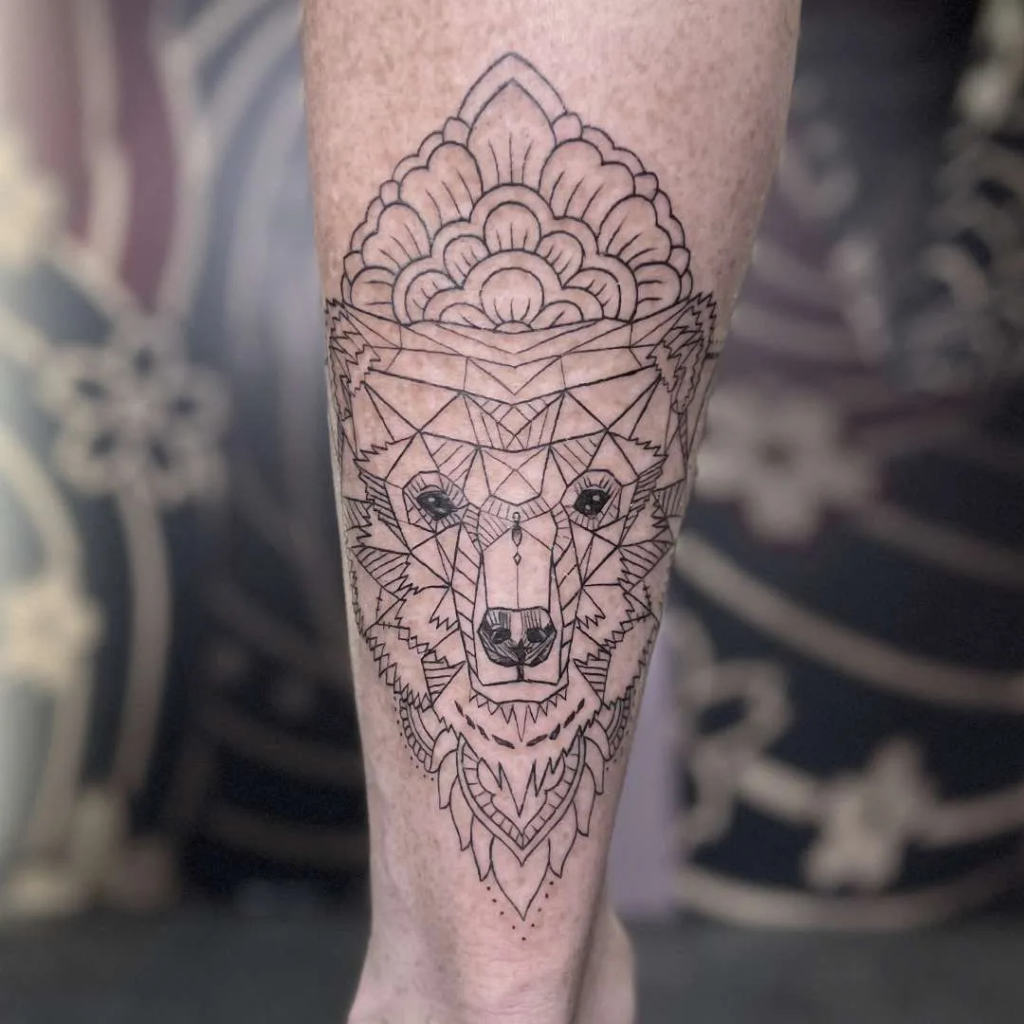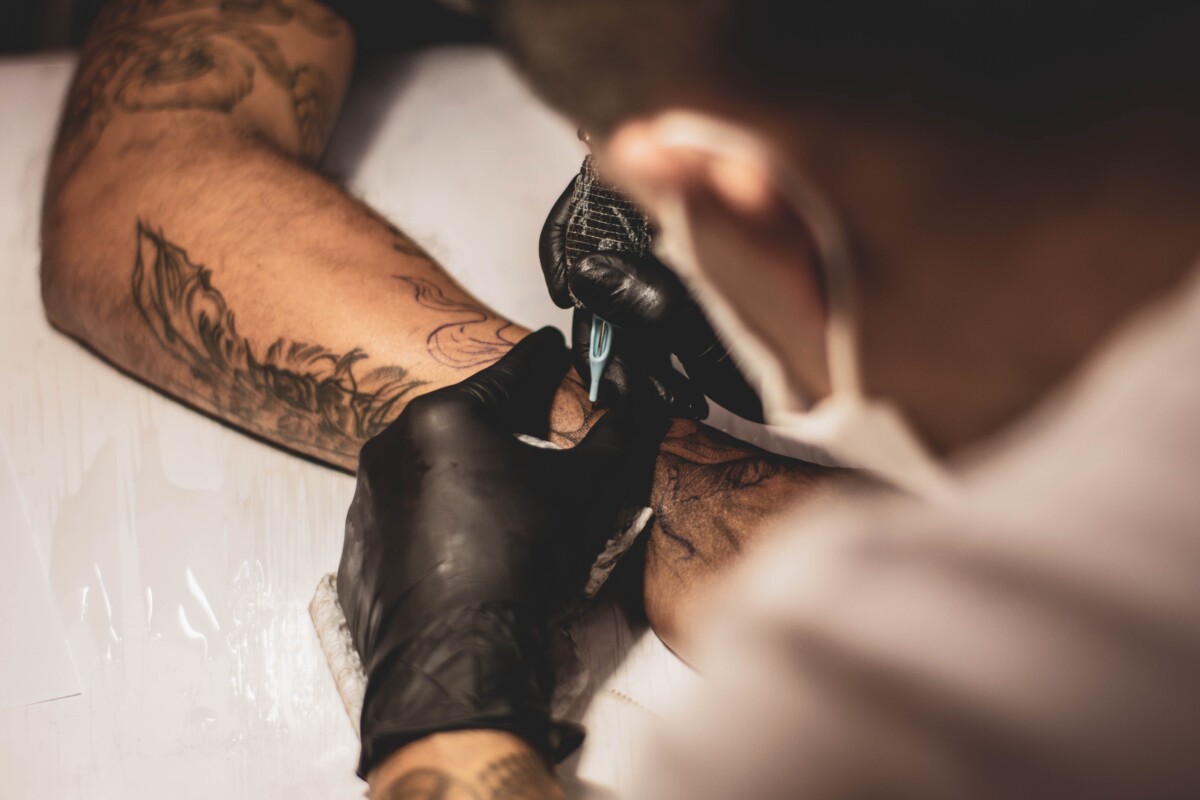Tattoo art has been around for centuries, symbolizing different cultures, personal beliefs, or life experiences. However, the role of geometry and mathematics in shaping modern tattoo designs is a trend that has garnered immense popularity in recent years. These designs are often characterized by precision, symmetry, and intricate patterns. They also demonstrate how ancient sciences are merging with modern art to create visually captivating body art. Artists worldwide, including renowned tattoo artists in Bali, are contributing to this exciting trend, blending mathematical principles with artistic flair.
The Science Behind The Art
Geometry is the study of shapes and their properties, and it is an ancient field of mathematics. In tattoo design, geometrical elements such as lines, circles, squares, and triangles are combined to create unique designs. Symmetry is another geometric principle that plays a vital role in the visual appeal of these tattoos.
Mathematical fractals are complex structures built from simple patterns. Mandelbrot sets and the Fibonacci sequence are famous examples. In tattoos, fractals manifest as infinitely complex patterns that are captivating to the eye and deeply rooted in mathematical theory.
Meanwhile, the Golden Ratio, represented by the Greek letter Phi (Φ), describes a specific mathematical ratio between two numbers. This ratio is considered aesthetically pleasing and has been used in art and architecture for centuries. In modern tattoo designs, the Golden Ratio often appears as spirals or other shapes that proportionally balance the overall design.
The Cultural Impact
Geometric and mathematical principles are not new; they’ve been used in art, architecture, and cultural practices for centuries. By incorporating these age-old principles into modern tattoo designs, artists are not only creating visually pleasing art but also establishing a cultural bridge between past and present.
Many people who opt for geometric tattoos do so because they find deeper, often spiritual, meanings in these designs. Sacred geometry, which explores the mathematical principles behind spiritual symbols and structures, is increasingly being integrated into modern tattoo artistry.
Popular Geometric Tattoo Styles
- Dotwork: This technique involves creating images or designs using dots to form shapes and shades.
- Mandala Tattoos: These designs use geometric shapes to create intricate, radial patterns, often resembling a flower.
- Minimalist Geometric Tattoos: These are simple designs, often using just a few lines or shapes, to create impactful visual effects.
- 3D Geometric Tattoos: These tattoos are designed to give the illusion of three-dimensionality through geometric shapes.

Expanding The Cultural Impact
Geometric and mathematical tattoos not only have a cultural impact but also a psychological one. These designs often exhibit a sense of order and predictability, providing a visual anchor that many people find comforting. The symmetry and balance in these designs evoke a feeling of stability, often reflecting the internal states or aspirations of the person wearing the tattoo. In a chaotic world, a geometric tattoo can serve as a constant, something predictable and stable.
The precise ratios and symmetries in geometric tattoos can also symbolize personal or universal balance. Many individuals seek tattoos that resonate with their quest for equilibrium in life. The geometric shapes may represent dualities like chaos and order, emotional and rational, or physical and spiritual, creating a permanent mark that serves as a reminder of balance.
Geometric tattoos are generally more accepted in professional settings compared to more traditional tattoo styles. Their aesthetic appeal and the intelligent use of mathematical principles make them intriguing, opening up conversations about their deeper meanings. This shift in perception also signifies a societal change where tattoos are becoming more accepted as a form of self-expression rather than a taboo.
Going Beyond the Visual: The Process of Creating Geometric Tattoos
Creating a geometric tattoo requires meticulous planning and precise execution. Any minor deviation from the planned design can result in a visual imbalance, making the role of the tattoo artist critical in delivering a successful outcome. Advanced software tools are now available that help artists plan complex designs down to the minutest detail.
The intricate nature of geometric and mathematical tattoos often involves a deeper level of collaboration between the client and the artist. It’s not just about selecting a design; it’s about understanding the mathematical principles behind it and how they resonate with the client’s personal beliefs or aesthetic taste.
Technology’s Role in Advancing Geometric Tattoo Designs
Artists are increasingly using Computer-Aided Design (CAD) software to create precise and complex geometric tattoos. These tools allow artists to view the design from multiple angles, modify dimensions, and even simulate how the tattoo will look on different skin tones.
Advancements in laser technology have made it easier to achieve highly detailed designs. Laser techniques allow for sharper lines and more intricate detailing, which is crucial for geometric designs where precision is key.
The Learning Curve for Artists
The complexity of geometric and mathematical tattoos demands a deep understanding of both art and mathematics. Tattoo artists often spend years honing their skills in geometry, spatial design, and even mathematical theory to create these intricate pieces. Workshops and courses on the intersection of mathematics and art are now becoming more common, providing artists with the tools they need to excel in this specialized field.
Popular Culture and Media Influence
As geometric tattoos gain prominence, they start to show in various media outlets, from tattoo-centric TV shows to social media platforms like Instagram and Pinterest. These platforms serve as both inspiration and a medium to spread awareness, influencing more people to appreciate the art form and its mathematical underpinnings.
Sustainability and Timelessness
One of the reasons why geometric and mathematical tattoos are growing in popularity is their timelessness. Unlike trend-driven designs that may lose relevance, geometric designs have a lasting appeal. The principles of geometry and mathematics have been consistent over centuries. This makes these tattoos less likely to be viewed as dated or irrelevant in the years to come.
By understanding the role of geometry and mathematics in modern tattoo designs, both artists and enthusiasts can engage in a deeper dialogue about this form of art. They can also appreciate its complexity, cultural relevance, and the skill required to create it. With technological advancements, the realm of possibilities is expanding. It opens new avenues for exploration in this fascinating intersection of ancient principles and modern artistry.










